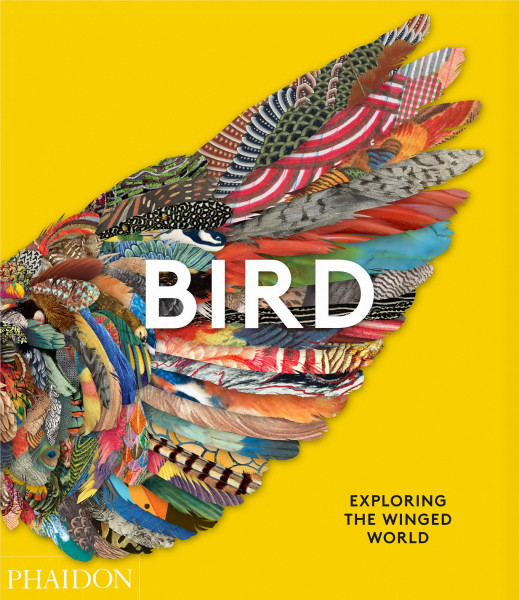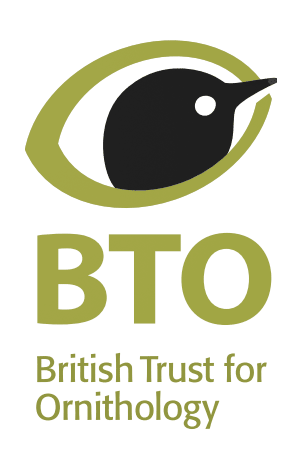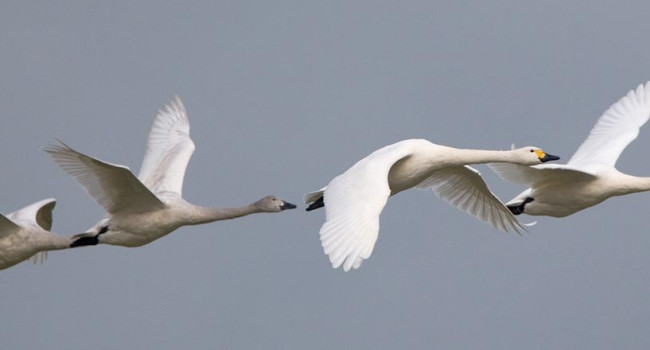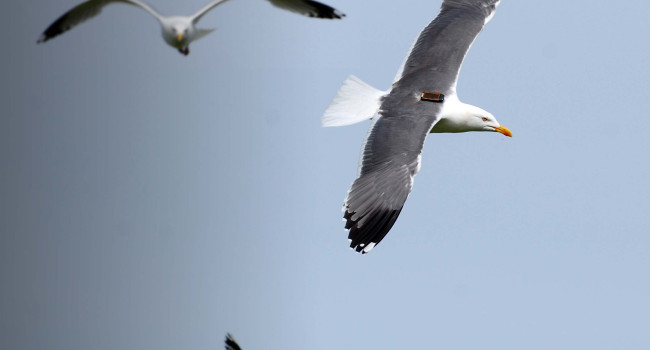
Publisher: Phaidon Press, London
Publication Year: 2021
Binding: 2
Page Count: 352
ISBN Number: 9781838661403
Price: £39.95
Bird: Exploring the Winged World
This is the perfect coffee table book for when it’s so cold and wet that you’ve decided to postpone your birdwatching session: this rich visual survey of artworks will cure your ‘fomo’ on birds and museums.
From cave drawings to Egyptian sculptures to 17th-century Dutch paintings to the Twitter logo, this book encompasses a great overview in time which emphasizes the longevity of human admiration for birds, represented here in a wide range of techniques including fine art, photography, ornithological drawings, sculptures and fashion. The ubiquity of birds in visual representation does not only highlight their omnipresence in our daily lives, but also reminds us that they are inspiring subject matter, one that actively contributes to the way we interact with the world and other living beings.
Rather than being classified in alphabetical or chronological order, the works have been beautifully arranged in pairs, with mirroring visual details which both contrast and highlight one another’s original components. On one side, you might have an 18th-century Japanese woodblock print of pigeons and sparrows (p. 122), depicted with fine, sharp outlines, allowing the intricate details of the round feathers and spotted plumage to attract the eye of the viewer, in comparison with the juxtaposed work, a 21st-century photograph taken on ground level (p. 123), revealing a blurry, cropped pigeon taking a step towards the left, and behind it, the legs of passers-by coincidentally walking in the same direction. Although these works portray the pigeon under different lights, by drawing the viewer’s attention to either details or movement, both intrinsically reveal a sense of care and concern about representing these – often despised – living beings that are so present in our everyday lives.
By celebrating the extremely rich diversity of birds, this book reflects the power of art to offer alternative, aesthetic and affective ways of shifting the place often occupied by humans at the centre of ethical reflection, to instead focus on other, rich and differentiated modes of existence, in order to refine our sensibility to the living world.Book reviewed by Anna Dupont-Crabtree
Buy this book




Share this page